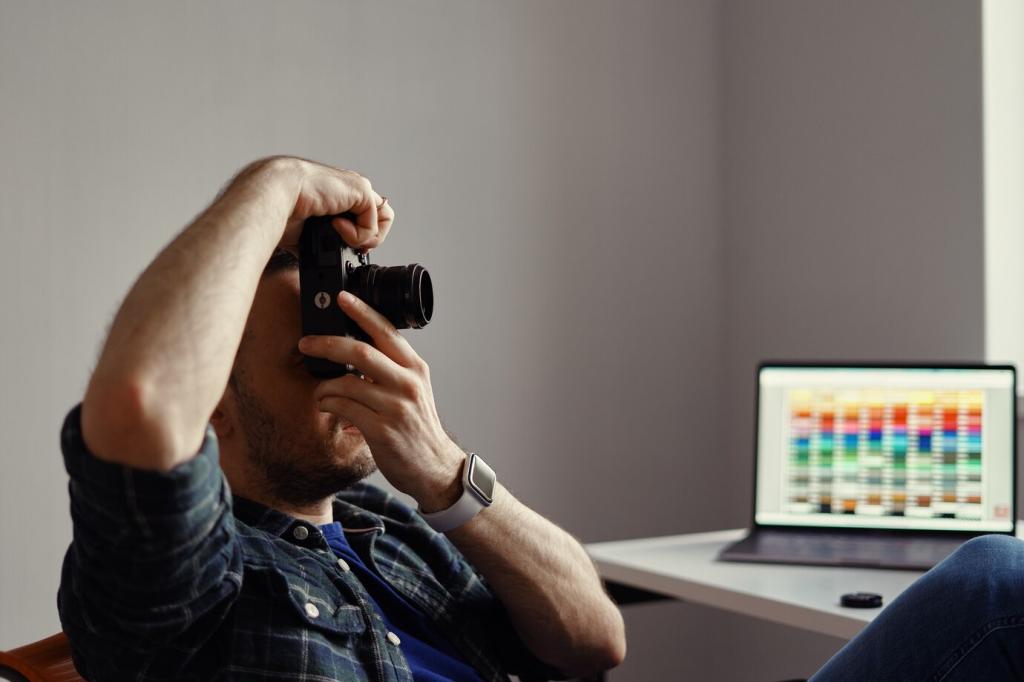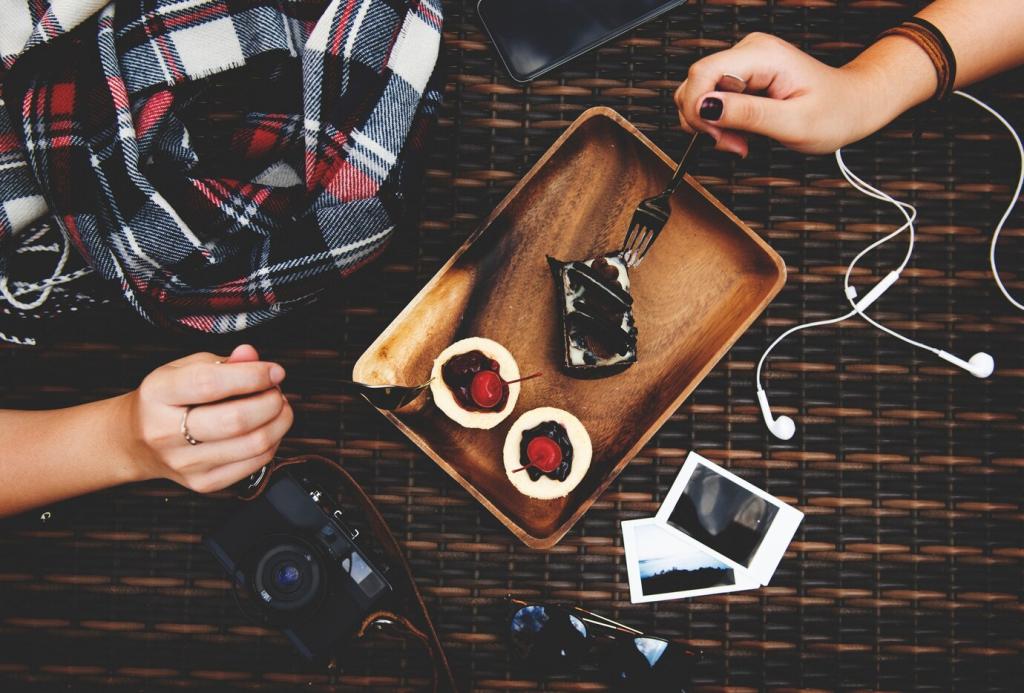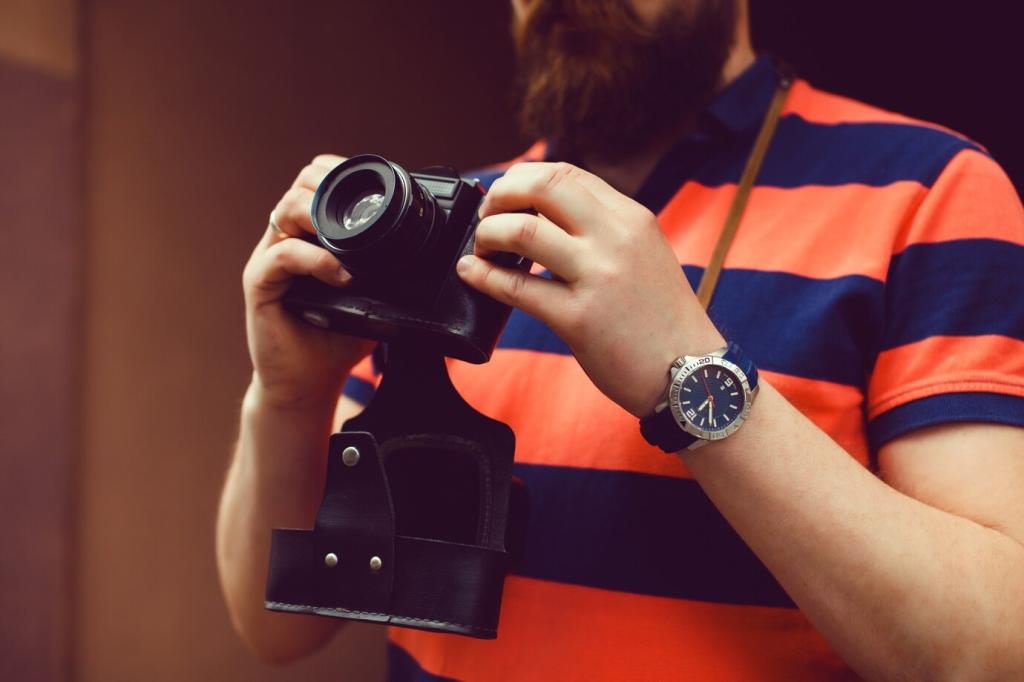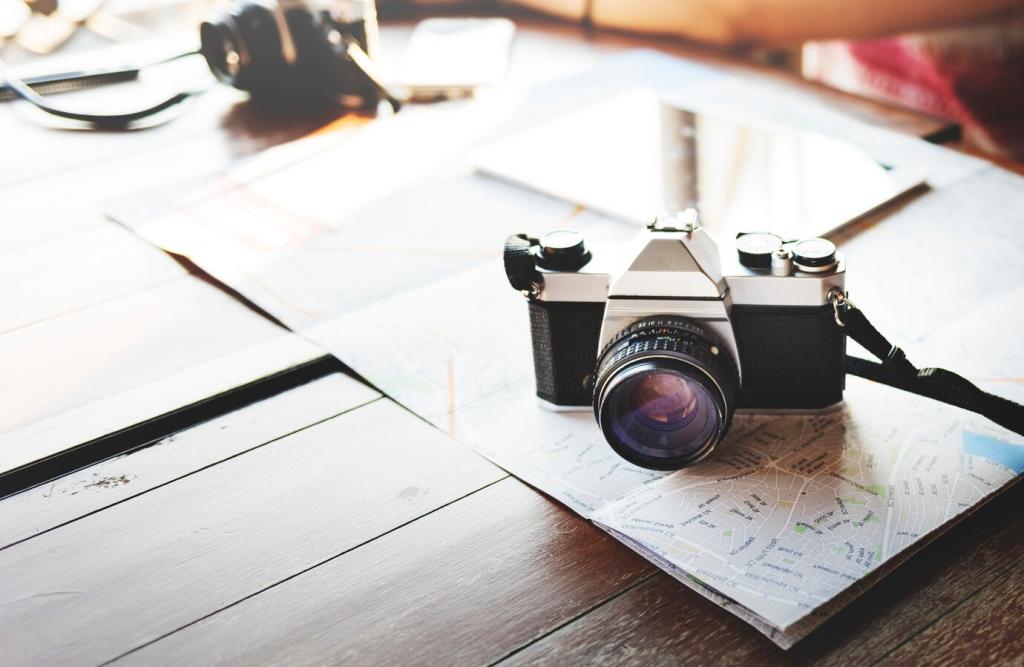Night, Motion, and Magic: Low-Light Breakthroughs
Your phone captures a rapid burst, aligns micro-movements, and averages noise away while preserving detail. It’s computational long exposure in your pocket. Tell us your best night-shot moment and what surprised you most about the final result.
Night, Motion, and Magic: Low-Light Breakthroughs
AI analyzes hand shake and subject movement, adjusting capture time to avoid blur while protecting highlights. You get crisp cityscapes without a tripod. Comment with your favorite handheld low-light trick that consistently delivers sharp photos.




